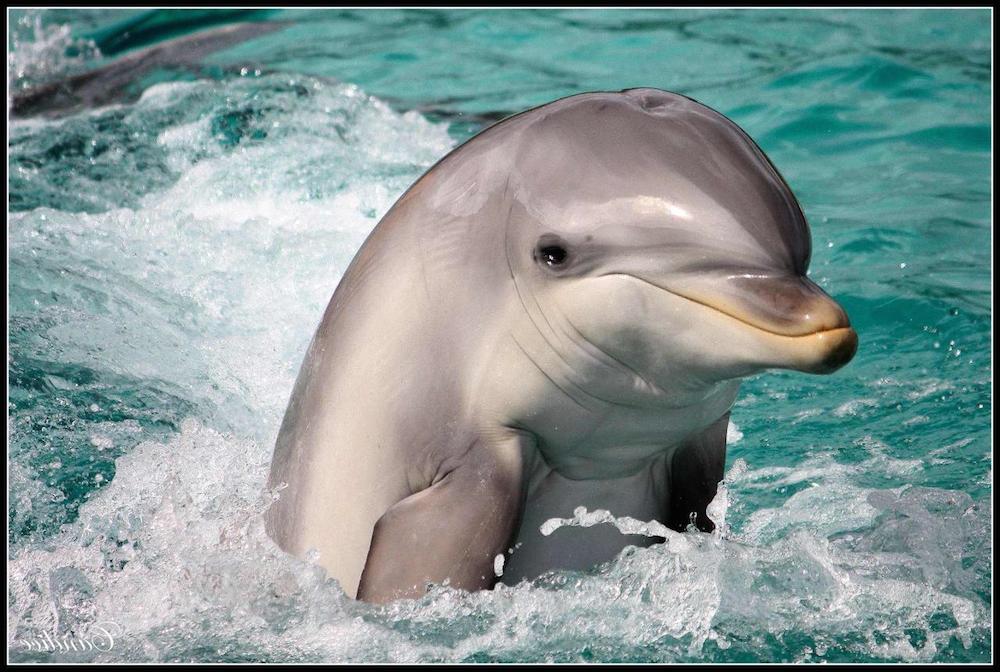Dolphins Can Sense Magnets, Study Suggests

Dolphins can now add magnetic sense to their already impressive resume of abilities, new research suggests.
When researchers presented the brainy cetaceans with magnetized or unmagnetized objects, the dolphins swam more quickly toward the magnets, the new study found. The animals may use their magnetic sense to navigate based on the Earth's magnetic field, the researchers said.
A number of different animals are thought to possess this magnetic sense, called "magnetoreception," including turtles, pigeons, rodents, insects, bats and even deer (which are related to dolphins), said Dorothee Kremers, an animal behavior expert at the University of Rennes, in France, and co-author of the study published today (Sept. 29) in the journal Naturwissenschaften. [The 10 Most Amazing Animal Abilities]
"Inside the ocean, the magnetic field would be a very good cue to navigate," Kremers told Live Science. "It seems quite plausible for dolphins to have a magnetic sense."
Some evidence suggests both dolphin and whale migration routes and offshore live strandings may be related to the Earth's magnetic field, but very little research has investigated whether these animals have a magnetic sense.
Kremers and her colleagues found just one study that looked at how dolphins reacted to magnetic fields in a pool; that study found dolphins didn't show any response to the magnetic field. But the animals in that study weren't free to move around, and were trained to give certain responses.
In the new study, Kremers and her colleagues tested the magnetic sense of six bottlenose dolphins at the delphinarium of Planète Sauvage in France. The researchers presented the animals with barrels containing either a magnetized neodymium block or a demagnetized block of identical shape and density. Then the researchers video recorded the animals poking around the barrels.
Get the world’s most fascinating discoveries delivered straight to your inbox.
When the barrel contained the magnetized block, the dolphins swam toward it much faster than when it contained the demagnetized block, Kremers and her colleagues observed, suggesting that dolphins have magnetoreception, the researchers said.
The dolphins could not tell the blocks apart by simply using echolocation or bouncing sound waves off of them, the researchers said.The animals were also free to swim in and out of the pool with the barrels or interact with each other.
Other than approaching the magnetized block faster, the dolphins didn't interact with the barrels any differently, the researchers said.
Exactly how dolphins perceive magnetic fields remains unclear, Kremers said. Scientists have proposed that animals that use magnetic sensing may have tiny "ferromagnetic" particles (such as magnetite) in their body cells that react with the magnetic field and signal the nervous system. Although magnetite has been found in the brain membranes of dolphins, it doesn't prove the animals use it to sense magnetic fields, the researchers said.
The magnetic blocks in the experiment had a field strength of about 1.2 tesla — orders of magnitude stronger than the Earth's magnetic field, which is between 4 and 5 microtesla. More studies are needed to test whether dolphins' potential magnetic sense is sensitive enough to detect the Earth's magnetic field, Kremers said.
Follow Tanya Lewis on Twitter and Google+. Follow us @livescience, Facebook & Google+. Original article on Live Science.



